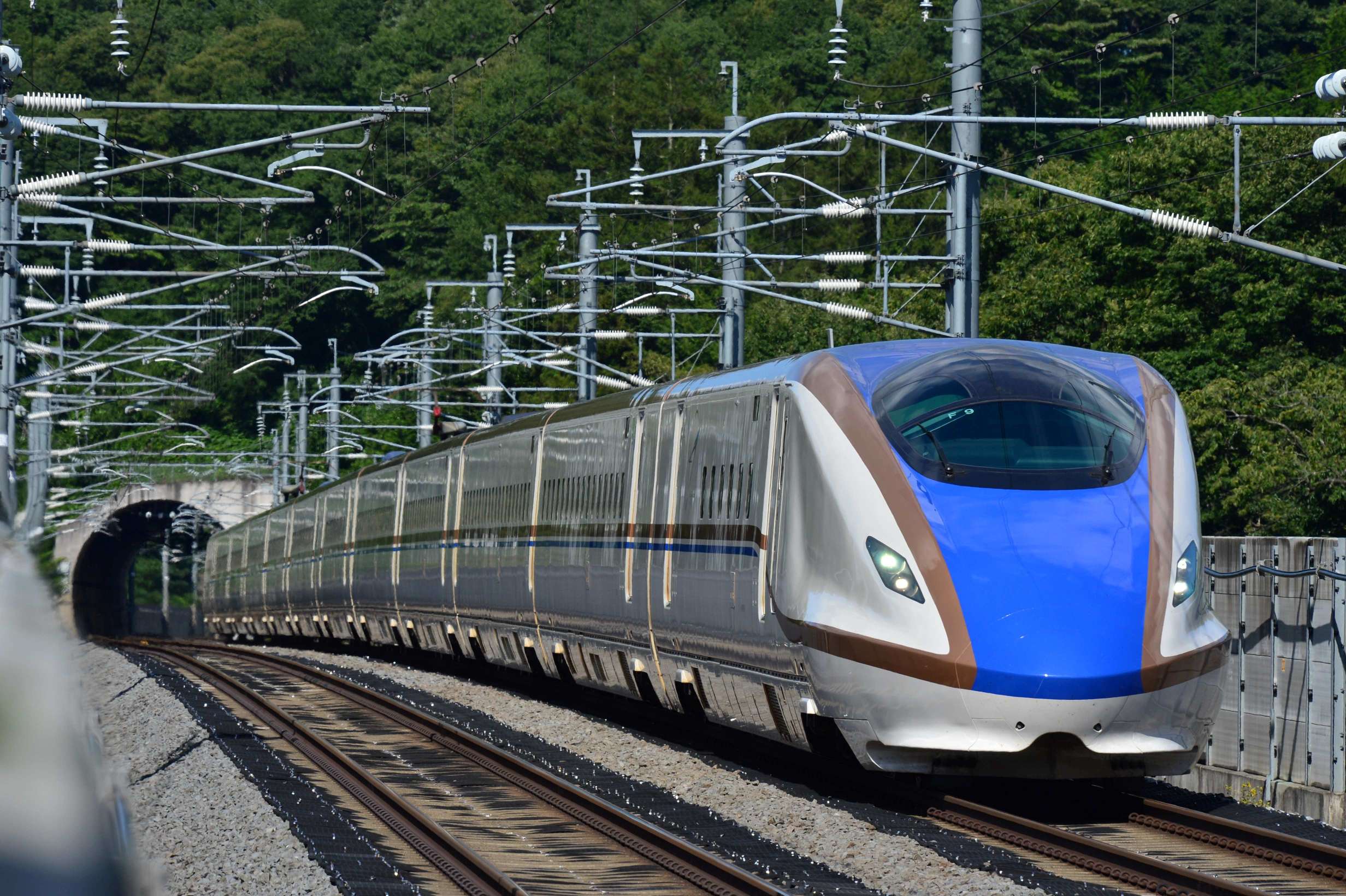
JR East and JR West have announced an extension of the Hokuriku Shinkansen line from Kanazawa in Ishikawa Prefecture to Tsuruga in Fukui Prefecture, and opened on March 16, 2024. Here are a few fun things that you can do along the way!
With an open date of March 16, 2024, and stretching from Kanazawa in Ishikawa Prefecture to Tsuruga in Fukui Prefecture, the Hokuriku Shinkansen will now take you through this 124 km section in no time at all. With the fastest train, from Tokyo to Fukui it now takes only 2 hours and 51 minutes in total, 36 minutes shorter than the previous line. From Tokyo to Tsuruga, the trip is now 50 minutes shorter, at only 3 hours and 8 minutes. The stops between Kanazawa and Tsuruga are Komatsu, Kaga Onsen, Awara Onsen, Fukui, Echizen Takefu, and then Tsuruga! There’s lots to do between the two cities, so get comfortable in your seat and let’s get going!
Kanazawa - Ishikawa's Capital
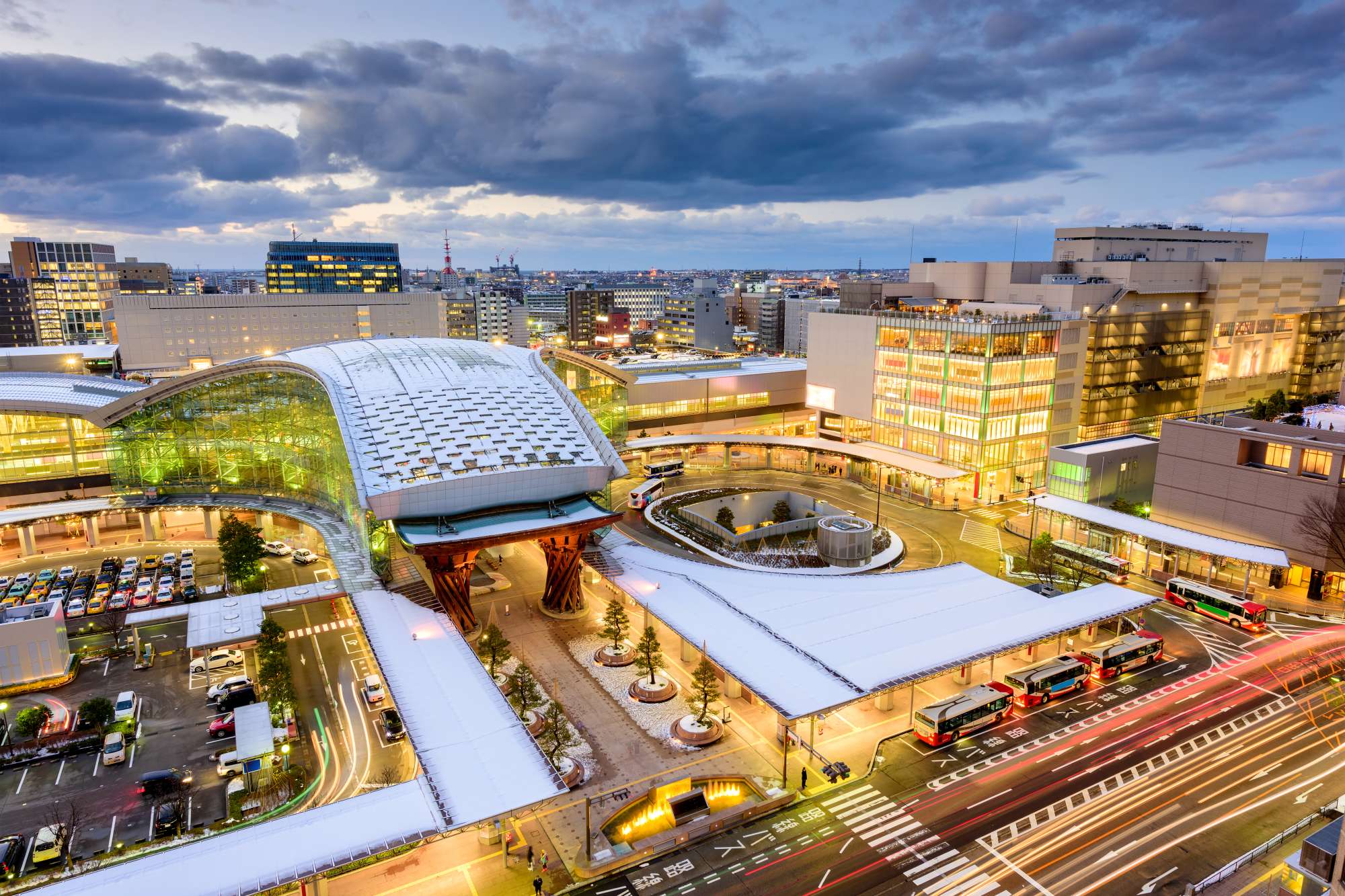
Just because we’re setting off from Kanazawa doesn’t mean that we shouldn’t spend some time out and about here. Kanazawa, the capital of Ishikawa Prefecture, is known historically as an art hub of Japan. Facing the Sea of Japan, you can walk along the coast, visit its famous garden, or even see the fantastic 21st Century Contemporary Art Museum.
See One of Japan's Most Famous Gardens
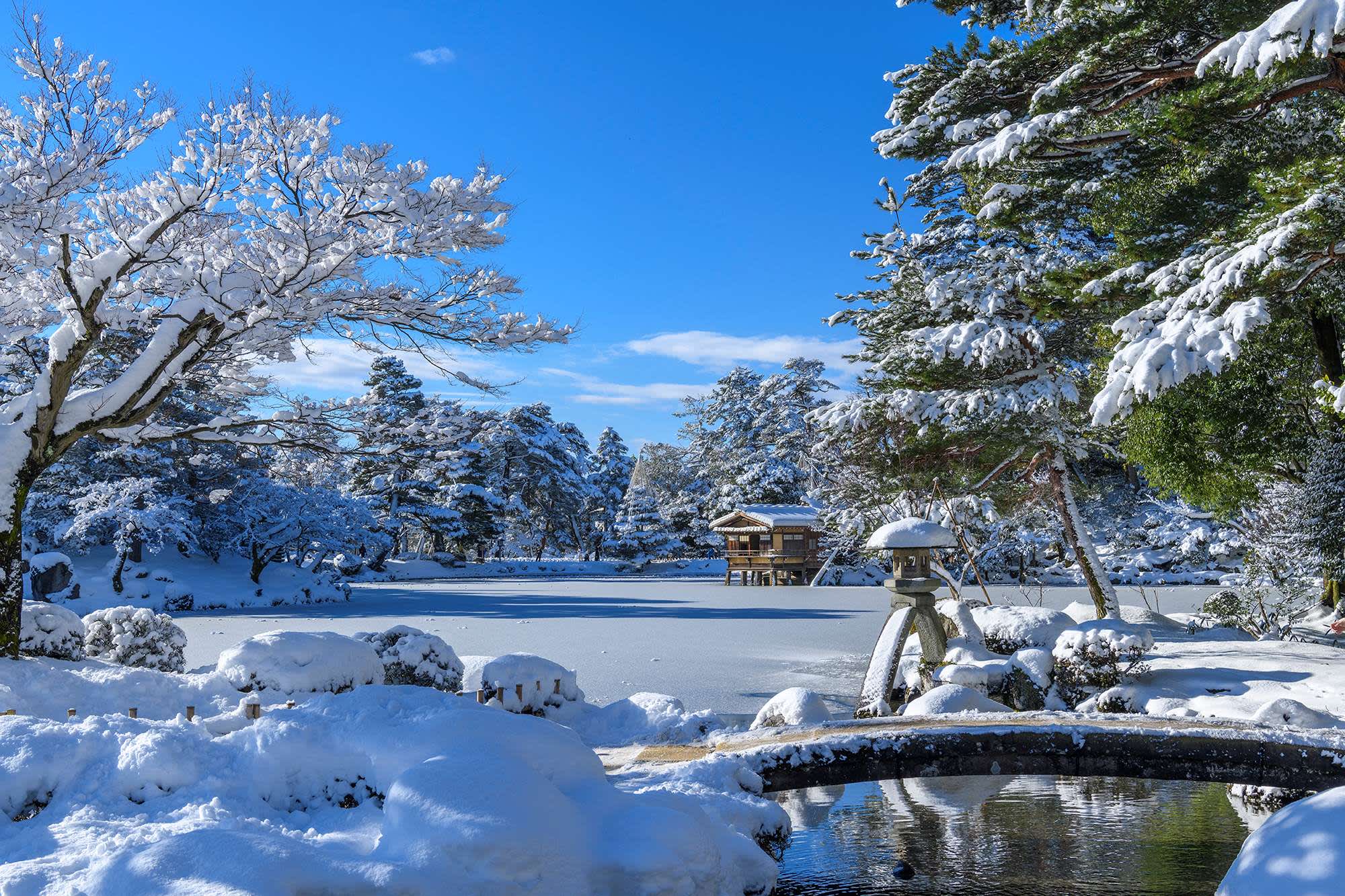
Kenrokuen Garden is known as one of the big three gardens in Japan, alongside Korakuen in Okayama Prefecture and Kairakuen in Ibaraki Prefecture. A strolling-style garden, it incorporates the 6 attributes necessary for a garden to be perfect. These attributes are spaciousness, seclusion, artificiality, antiquity, water sources, and great views. By combining and nearly perfecting all 6 of these characteristics, Kenrokuen separates itself from other Japanese gardens, making it a must visit. No matter the season, from the snowy landscapes during winter, the blooming cherry blossoms in spring, or the bright red leaves in fall, it will leave you stunned.
Experience Modern Art at the 21st Century Museum of Contemporary Art
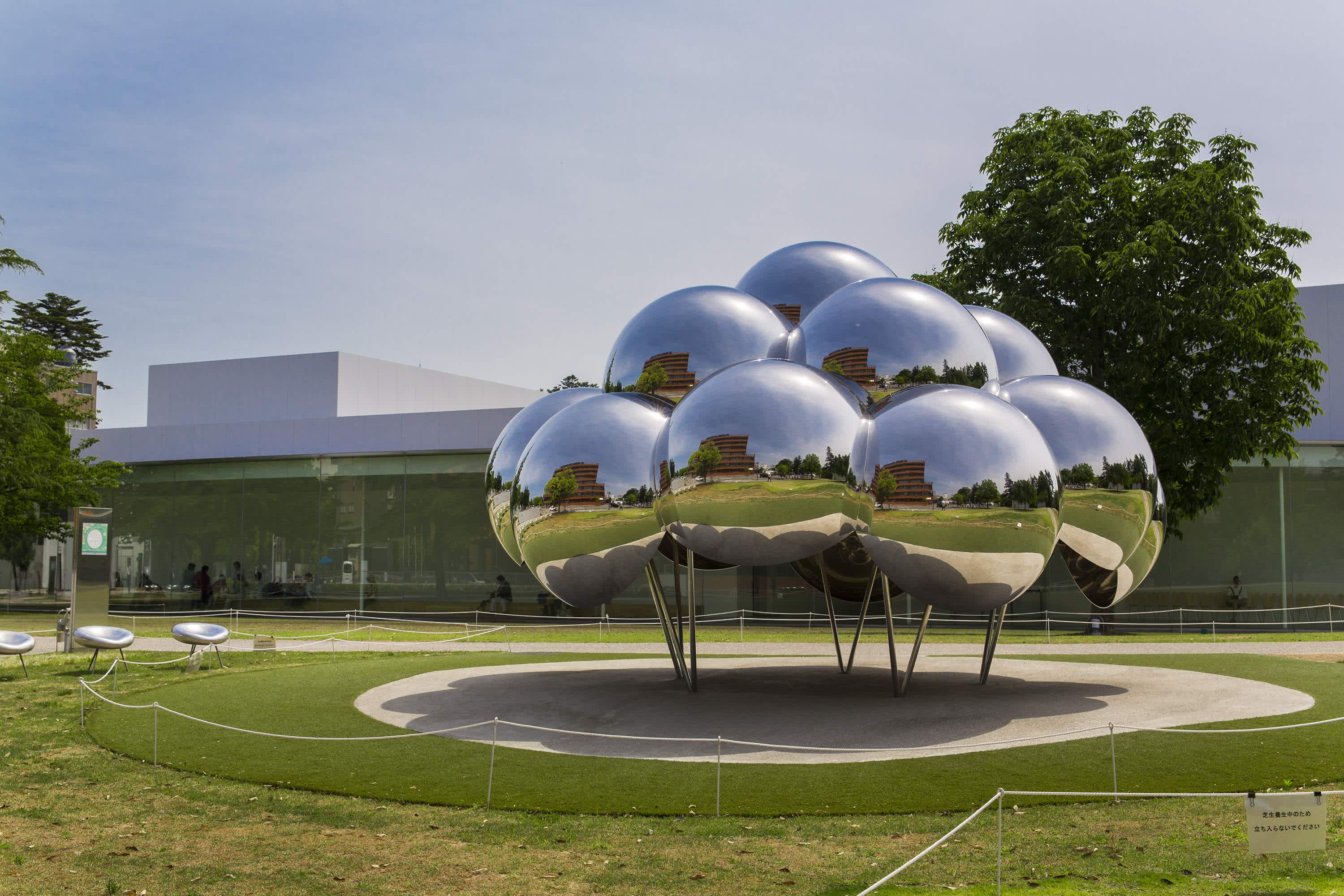
Situated near both the famous garden Kenrokuen and Kanazawa Castle, Kanazawa’s 21st Century Museum of Contemporary Art contains some of Japan’s best modern art. The museum itself is a work to behold, designed in a circular fashion and giving the visitors the ability to choose their entrance or exit. From temporary to permanent exhibits, this mix of indoors and outdoors will let you explore all aspects of modern art. One Current exhibition is entitled 'DXP2', or 'Digital Transformation Planet: Towards the Next Interface'. This second iteration builds upon the first, which was affected by the Noto Earthquake in January, by using and developing art with digital technology.
Komatsu
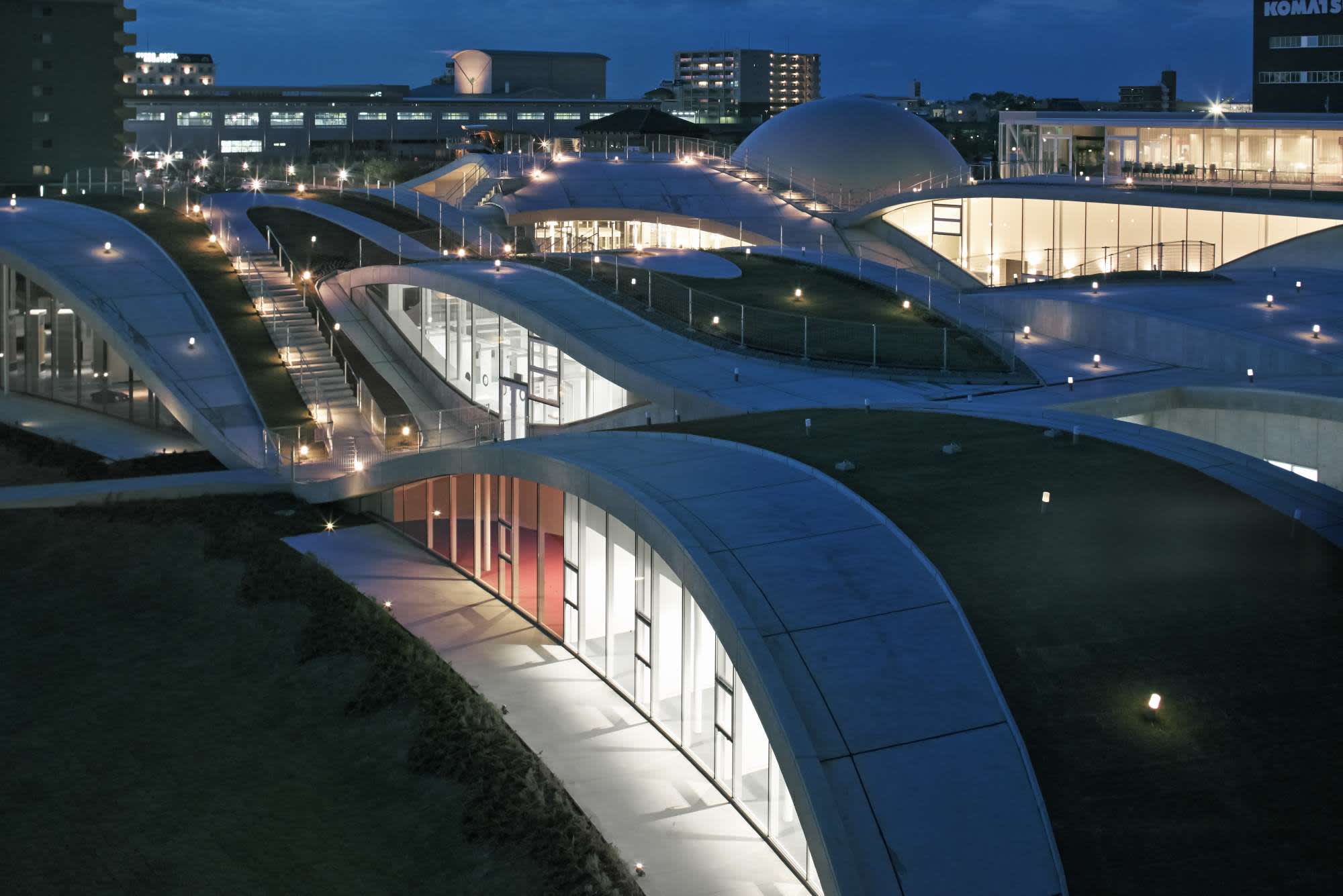
Our first stop is, Komatsu, which in Japanese means “little pine”. But there’s definitely some big things to do here! South of Kanazawa, from its beautiful nature to museums, there is much to see in this coastal city.
Natadera
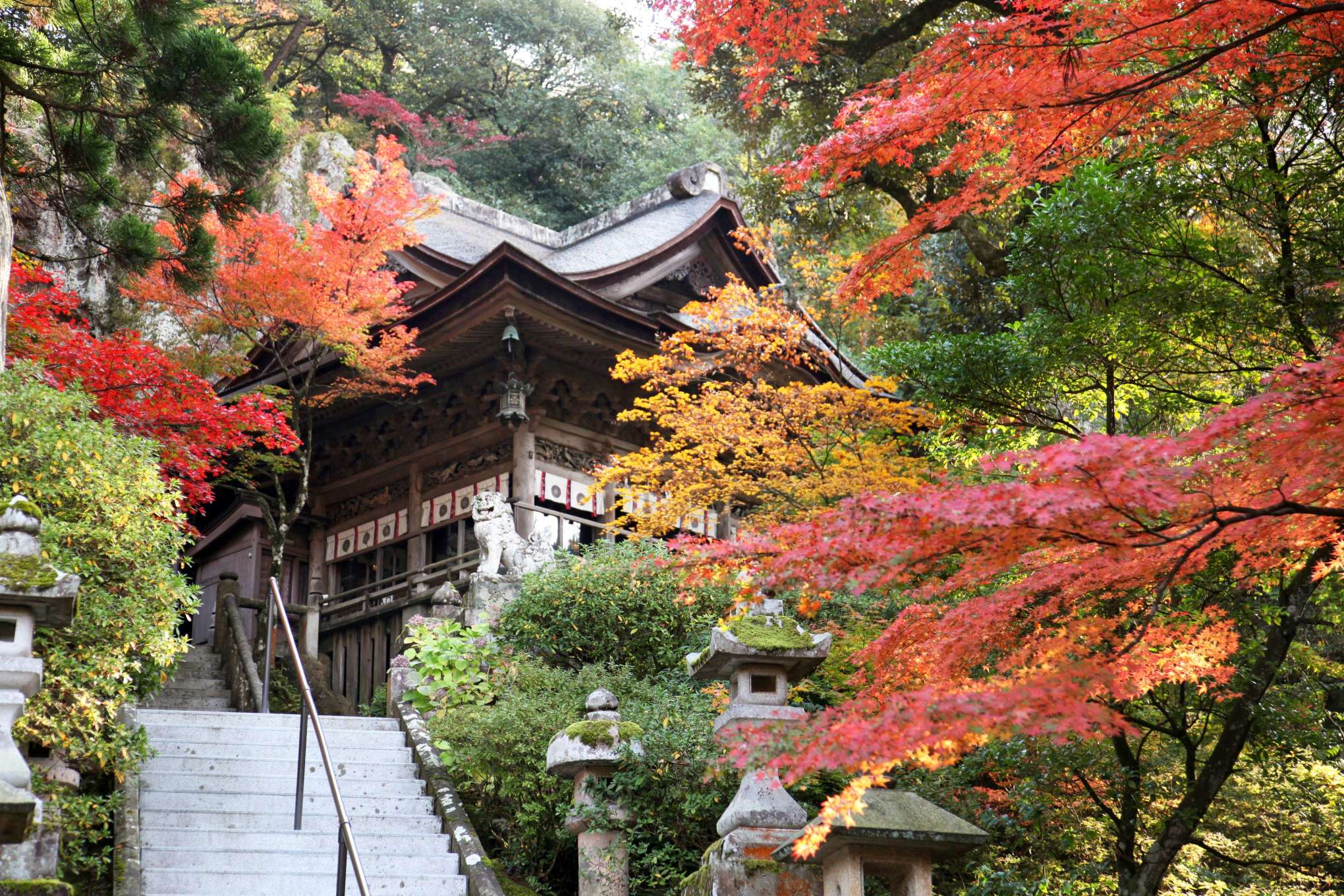
Who doesn’t enjoy a trek to a temple in the mountains? Similar to Yamadera in Yamagata Prefecture, Natadera is a temple built within cliffs carved by volcanic eruptions throughout the millennia. Said to have been built in 717, the temple combines aspects of both Shinto and Buddhism, enshrined within the temple is Kannon, yet there are Shinto torii gates around the grounds. The temple is beautiful when covered with snow in winter or bright leaves in the fall. You can even collect a stamp from the temple, known as a “goshuin”. The goshuin is commonly written in a stamp book, or “goshuincho”, and includes the date, enshrined deity, the shrine name, and other images. Sometimes the temple official will write the goshuin out in front of you, a mesmerising sight to watch the calligraphy in person. Goshuins have become quite popular over the years, with people collecting stamps and stamp books from around the country. Maybe Natadera could be your first of many!
The Motorcar Museum of Japan
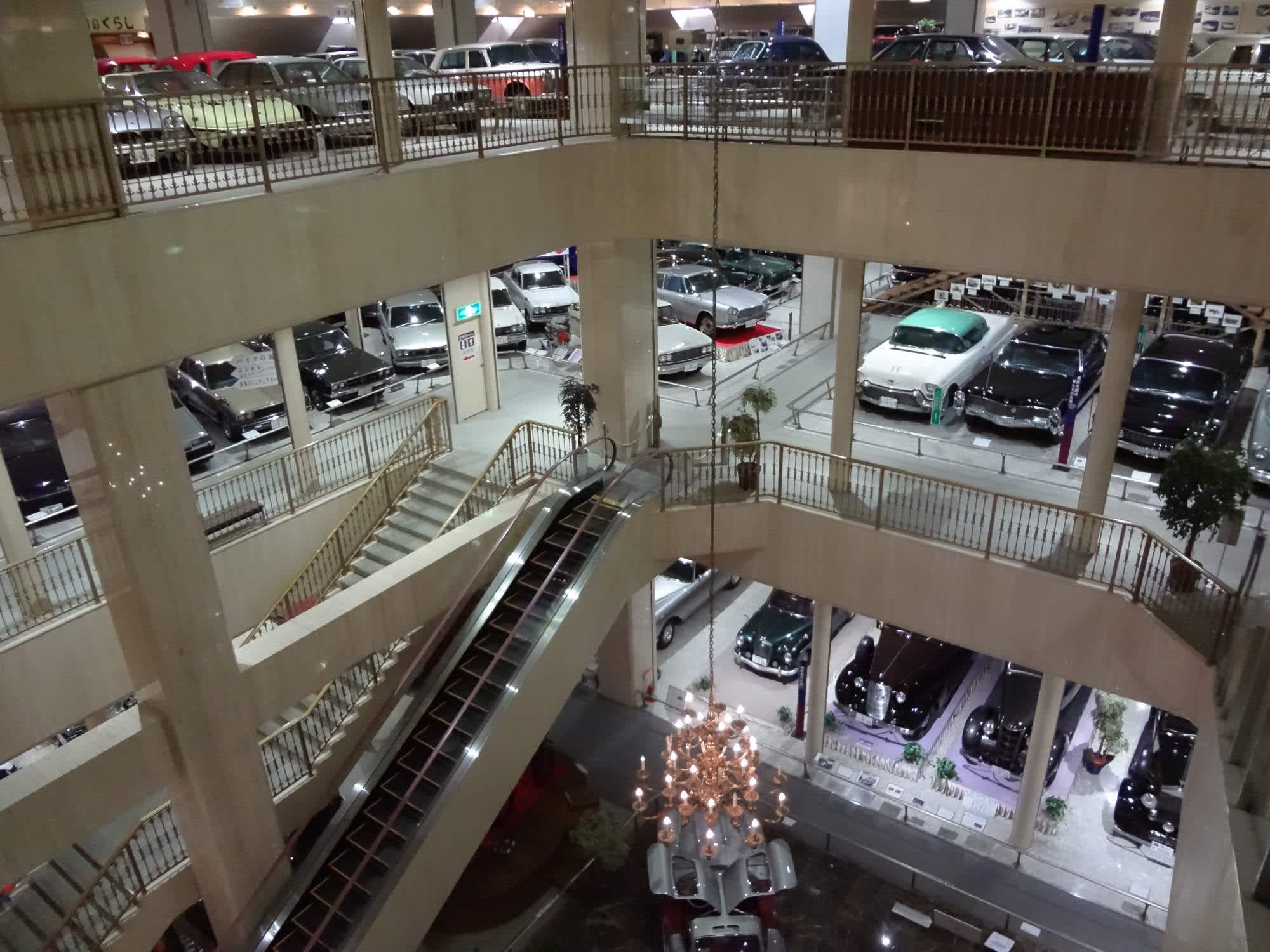
A high octane option in Komatsu is to race over to the Motorcar Museum of Japan. The very first and largest car museum in Japan, this museum contains more than 500 cars in its large space. From the famous brands of Japan to other international treasures, this museum has a car for anyone. There are 3 floors of fun, so drive up and find your dream car!
Kaga Onsen

Off to Kaga Onsen! As the name suggests, you can’t get off at an onsen stop without checking out the onsen itself. There are four onsens to choose from in this area, so you’ve got plenty of options to find the most soothing water for you. Once you’ve finished bathing, then you can explore the surrounding areas, and learn more about the distinct local porcelain that has been produced in the area since the Edo Period.
The Onsens

The four onsens in the area are Yamashiro Onsen, Yamanaka Onsen, Awazu Onsen, and Katayamazu Onsen. With so many options, it may be a good idea to stay more than a day in the area in order to fully experience all that they have to offer. Yamashiro Onsen has a bathhouse reminiscent of Meiji Era architecture, interesting to a history buff. Yamanaka Onsen, in accordance with its name being “in the midst of the mountains”, is more embedded in nature, giving the more outdoors inclined folk a chance to take nature walks around the nearby Kakusenkei Gorge, or view the fall colours in the area. Awazu Onsen is home to Yukokuni no Mori, a crafts village where each individual house is designated for a specific craft and Katayamazu Onsen is found near the shore of Lake Shibayama. One of its bathhouses is built in a much more modern architectural style, in contrast with the onsen and houses of the other towns.
Kutaniyaki Porcelain
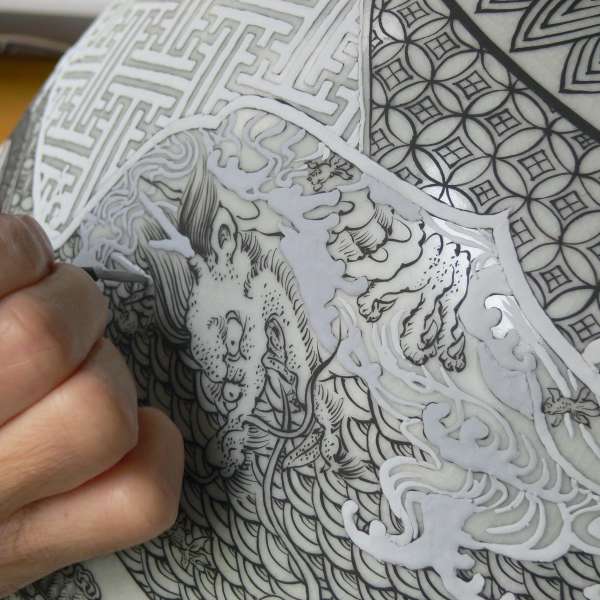
At the Ishikawa Prefecture Kuntaniyaki Art Museum, you are able to see examples of the brightly coloured kutaniyaki porcelain. A famous regional type of porcelain, kutaniyaki has over 360 years of history, dating back to the Edo Period (1603-1868). The porcelain is characterised by intricate designs and bright colours on each piece, from green to yellow to red. Additionally, If you visit the Kutaniyaki Kamato Tenjikan, you’ll also be able to view various porcelain designs and see artists creating the regional porcelain in real time. The exhibition building also has one of the oldest kutaniyaki kilns in the area, dating all the way back to 1826. If you’re feeling extra creative, you’ll also have the chance to try to make your own kutaniyaki! You’ll have guidance from an expert, and when you finish your piece, you can have it sent over to your house so you can keep it as a souvenir!
Awara Onsen
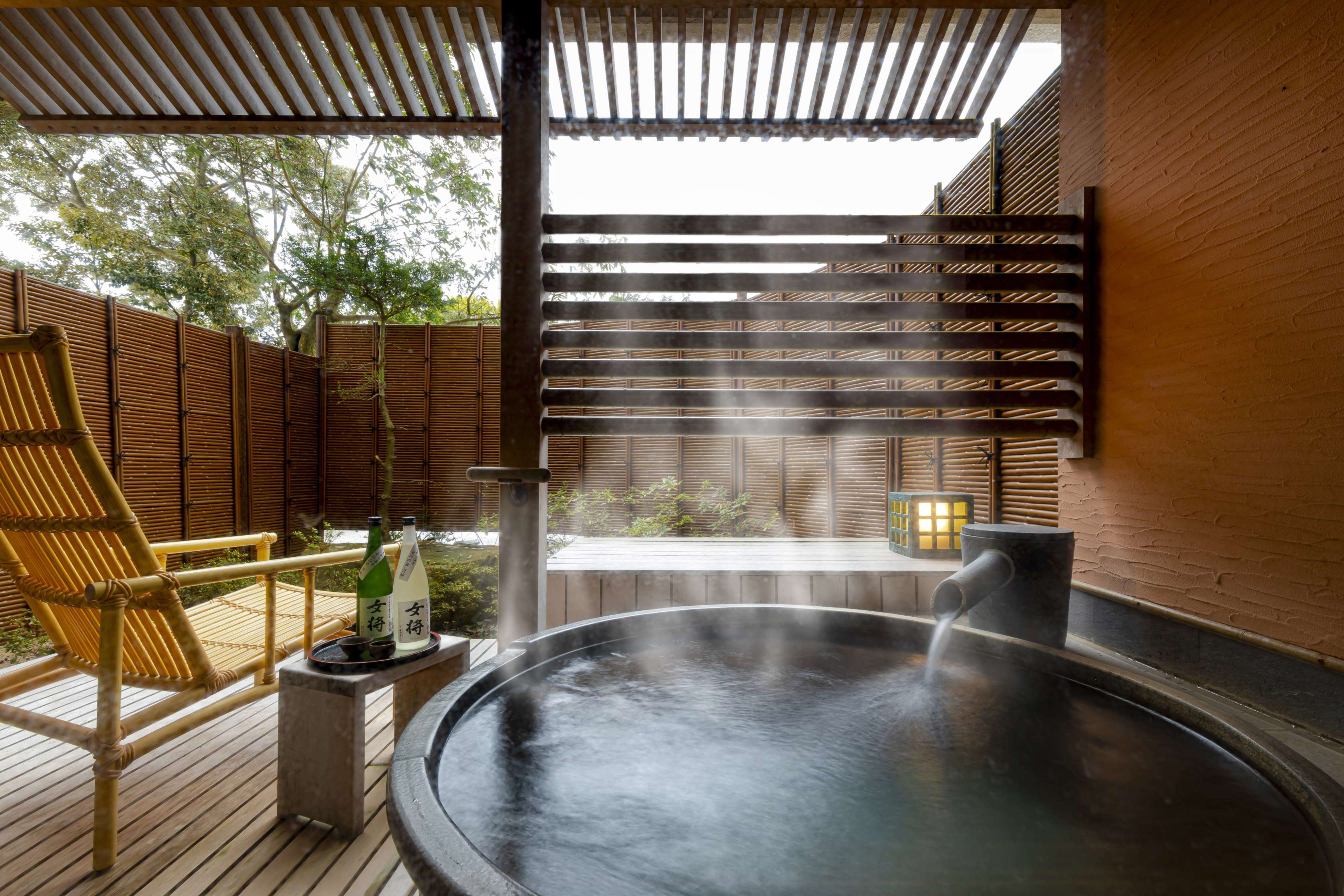
Following Kaga Onsen we have another onsen, and therefore another essential stop to soothe yourself and relax. With bathhouses, footbaths, and great food, there’s much to do in Awara.
Ashiyu
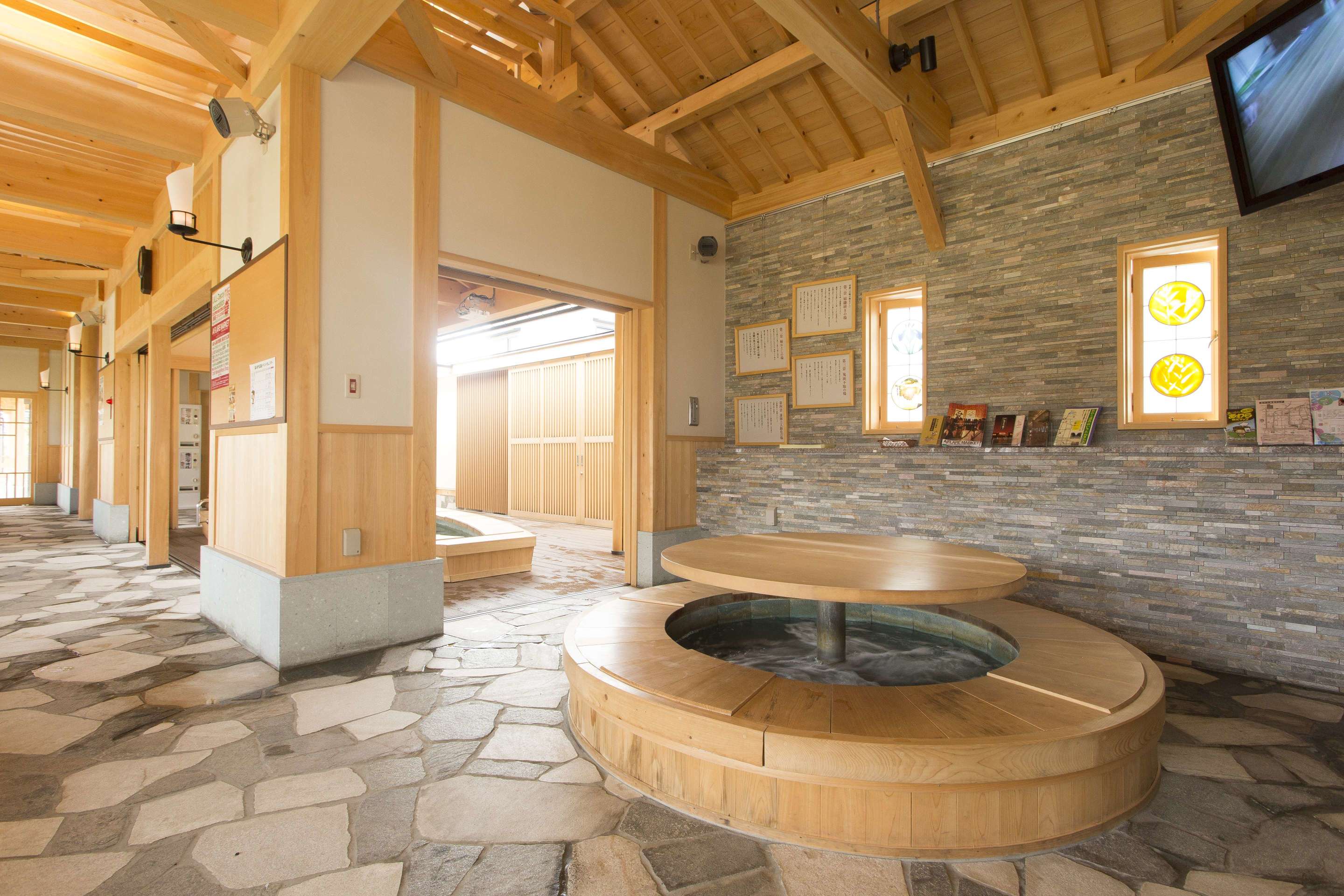
If you’re strapped for cash, or not in the mood for a full onsen or bathhouse experience, an ashiyu might be right up your alley. Meaning “foot bath” in Japanese, they are spots around many cities where one can rest their feet in the warm spring waters. What makes them even better is the fact that they are free! Around Awara Onsen, there are 5 ashiyu that you can pick from.
Yukemuri Yokocho
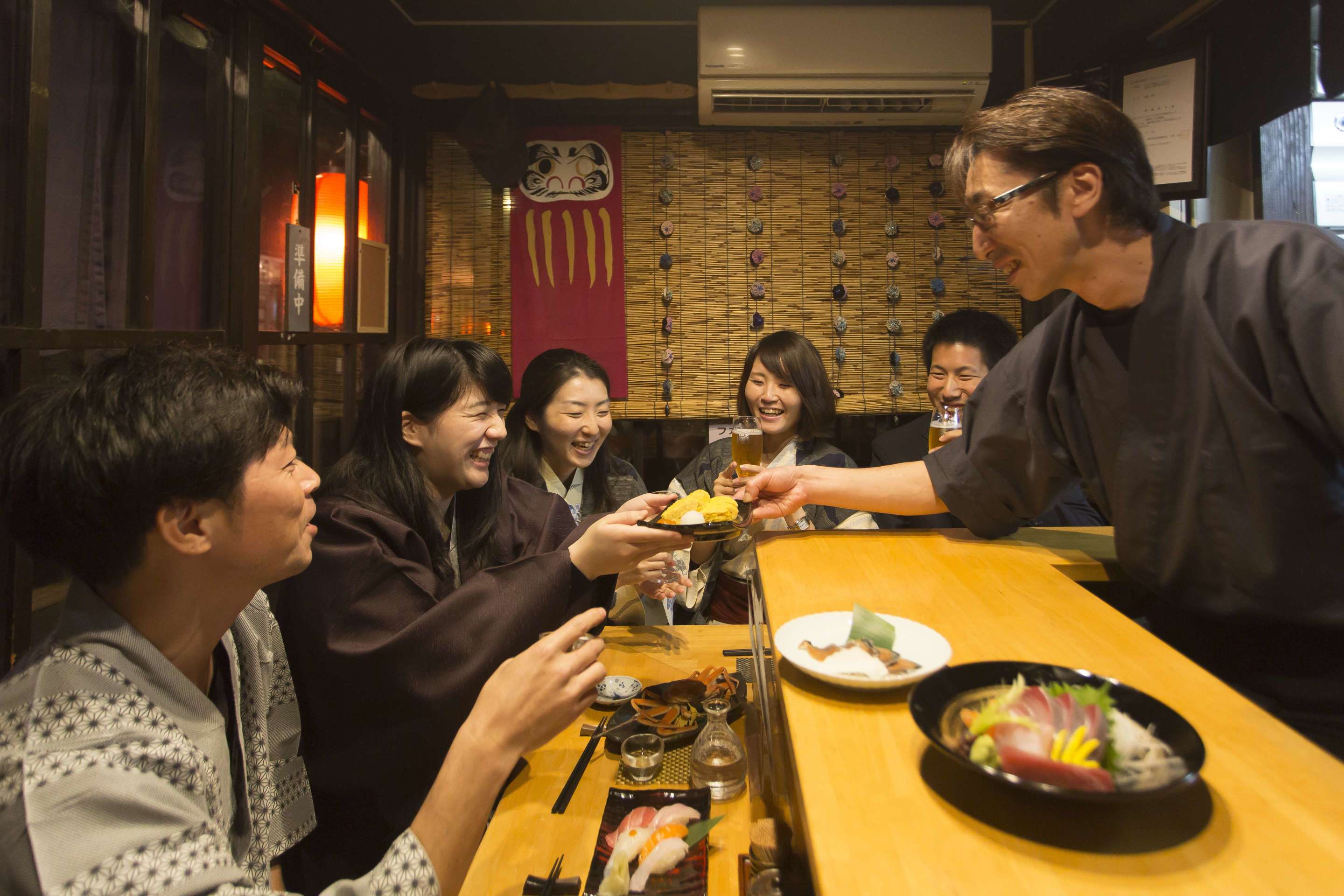
Once your feet are rested and you’re ready to continue your journey, check out Yukemuri Yokocho for some friendly faces and some delicious food. An alley of various food stalls and restaurants, serving skewers to noodles to oden, the small size and close quarters means that you are bound to end the night making a few new friends.
Fukui
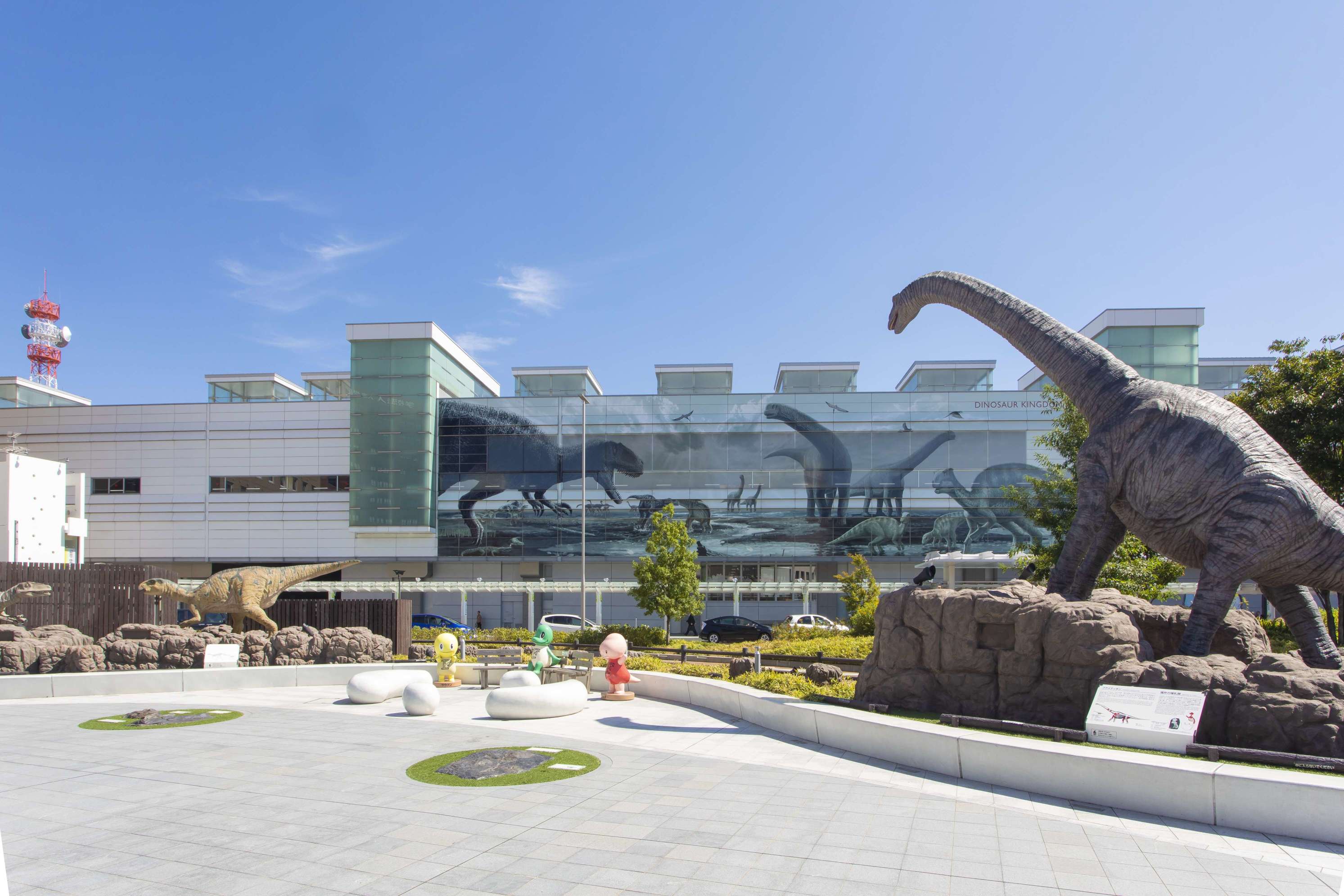
Now to Fukui, the capital of the eponymous Fukui prefecture! The city of Fukui, located slightly inland from the coast, has more than enough activities to warrant a multi-day stay. Visit the Prefectural Dinosaur Museum, where you can see a Tyrannosaurus Rex and other dinosaurs bearing the prefecture’s name or Maruoka Castle, one of the few castles with an intact keep. But there’s still more, and you mustn't forget the delicacies of the area, including Echizen crab!
The Dinosaur Museum
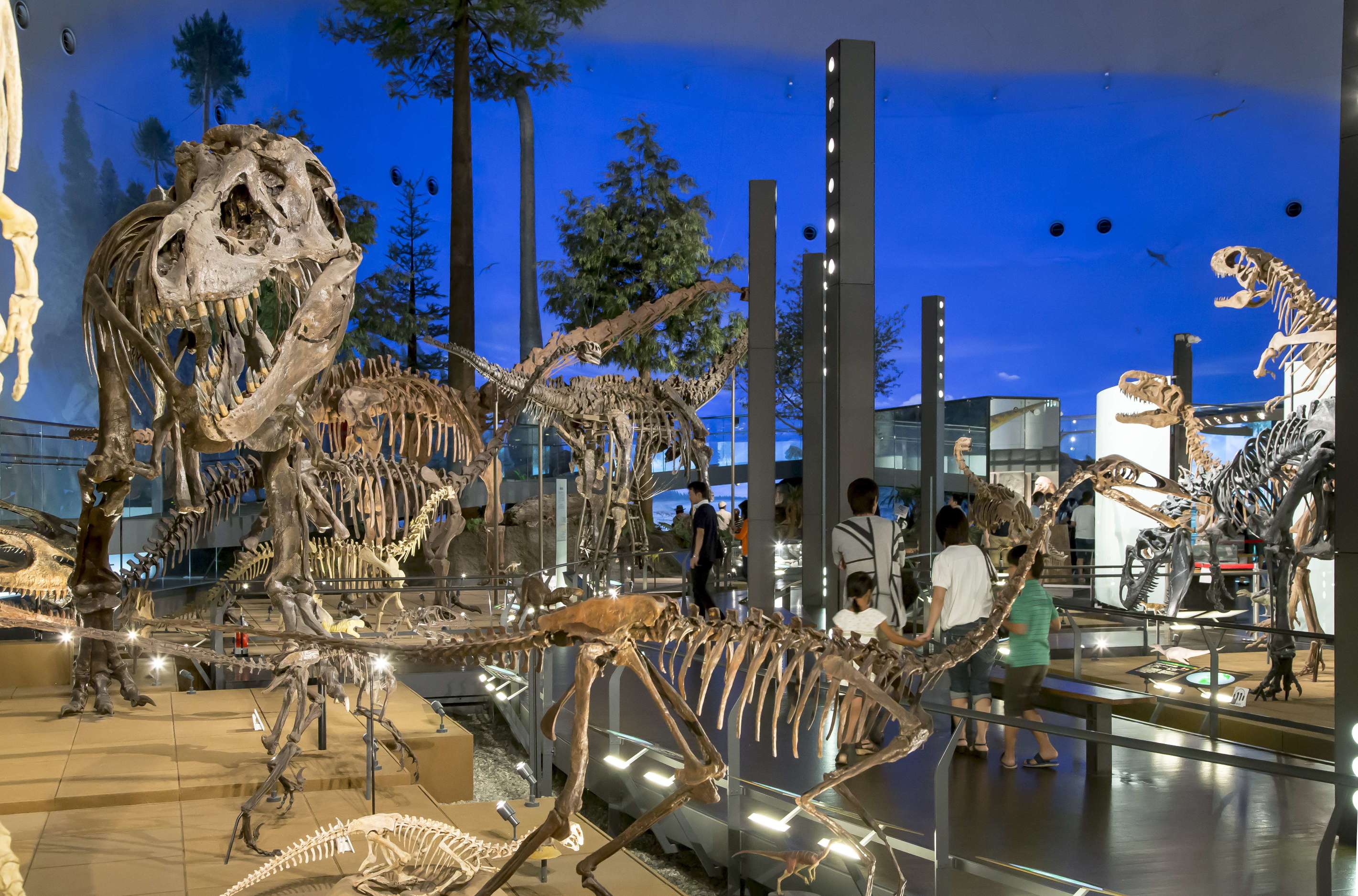
From Fukuiraptor to Fukuisaurus, multiple dinosaurs have been discovered nearby in Katsuyama, and now the largest dinosaur museum in Japan is located in Fukui. You arrive to the sight of a giant Tyrannosaurus Rex robot, and you'll have the opportunity to see multiple original dinosaur skeletons, even the opportunity to touch some other fossils! The three exhibitions are Dinosaur World, Earth Sciences, and the History of Earth, all spanning a total of three levels. You can also watch experts examine and clean new fossils found nearby in the Fossil Preparation Lab. Other great exhibits come to the museum throughout the year, so carve out a day and see some dinosaurs face to face!
Maruoka Castle
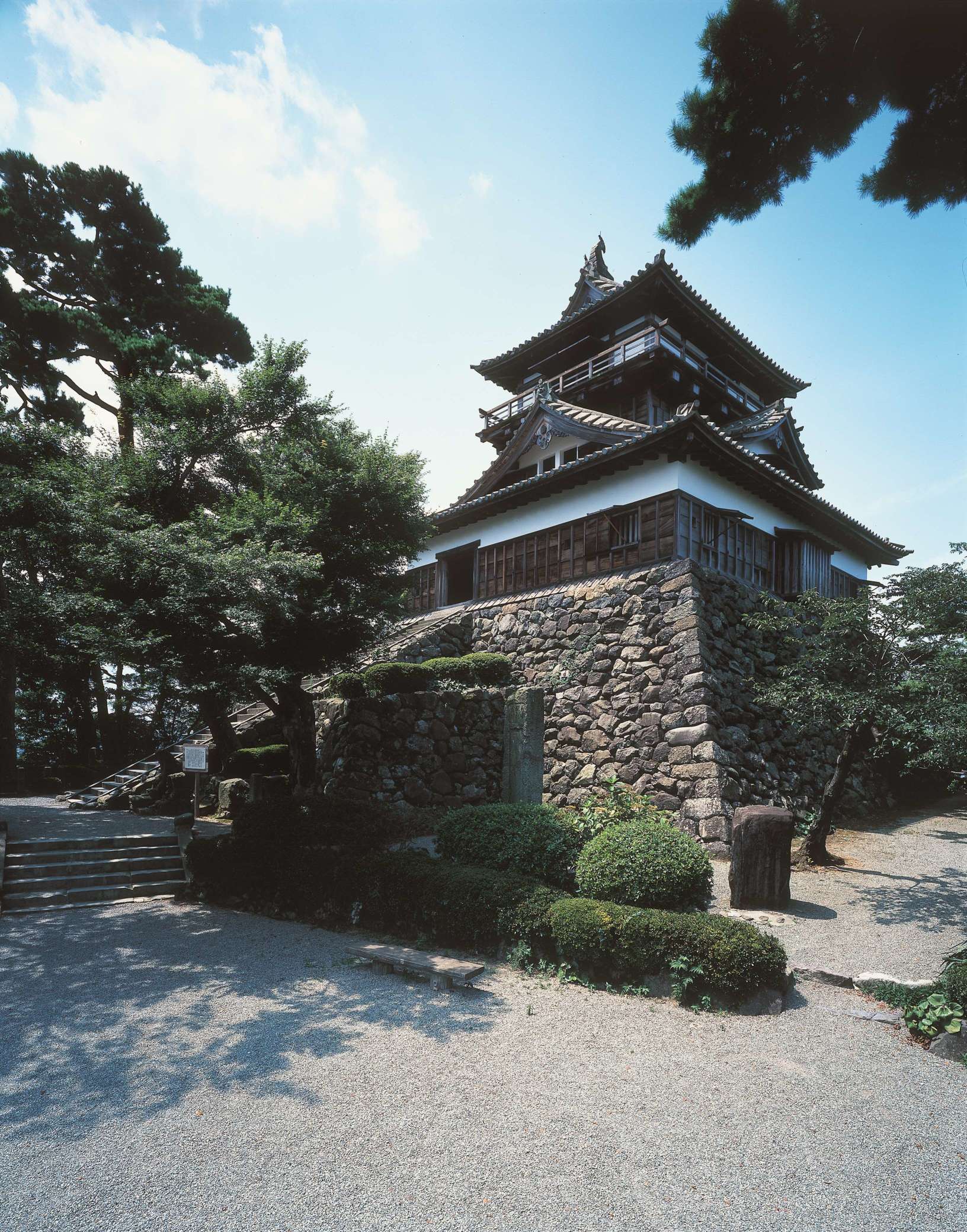
For those interested in Japanese castles (and who isn’t?) Maruoka Castle is another sight that cannot be missed. Dating back to the 16th century, the castle is given the nickname of “Mist Castle” from the lore that a thick mist would hide the castle whenever an enemy would dare approach it. Spring is another great time to visit the castle, as the many cherry blossom trees from around the area all bloom, making for a perfect picture frame.
Echizen Crab
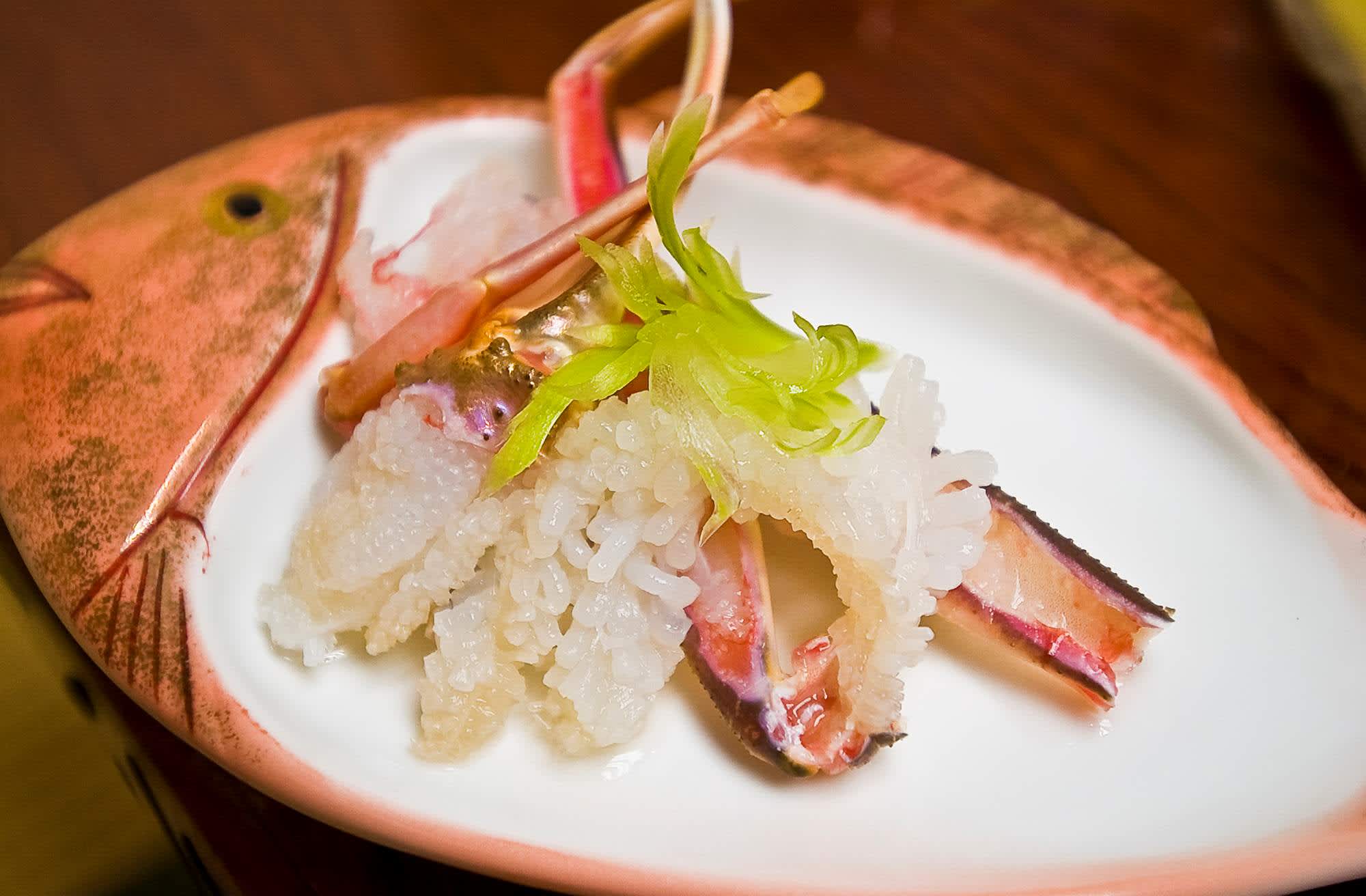
One can never forget the local food within Japan and all its variety. In Fukui, one famous dish is Echizen crab. Only available during winter, the crab can be boiled, eaten as sushi, grilled, and enjoyed in many other ways. However, do be prepared to pay a premium for the quality, as they are known as being some of the best crab in Japan!
Echizen Takefu
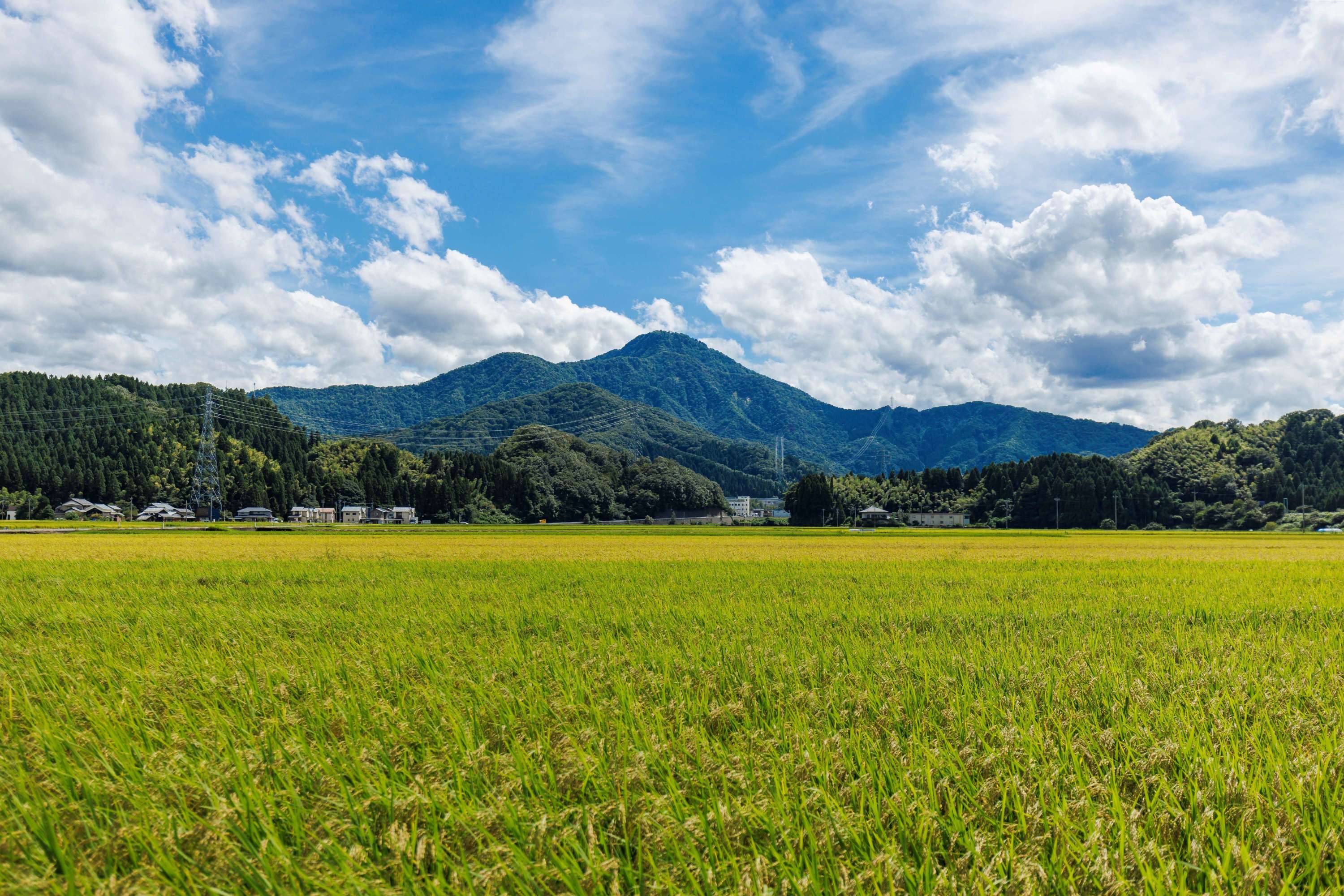
Formerly known as Nanetsu Station, Echizen Takefu is the last stop before Tsuruga. Alight here to explore even more food options, and immerse yourself in the world of kitchenware and knife making.
Echizen soba
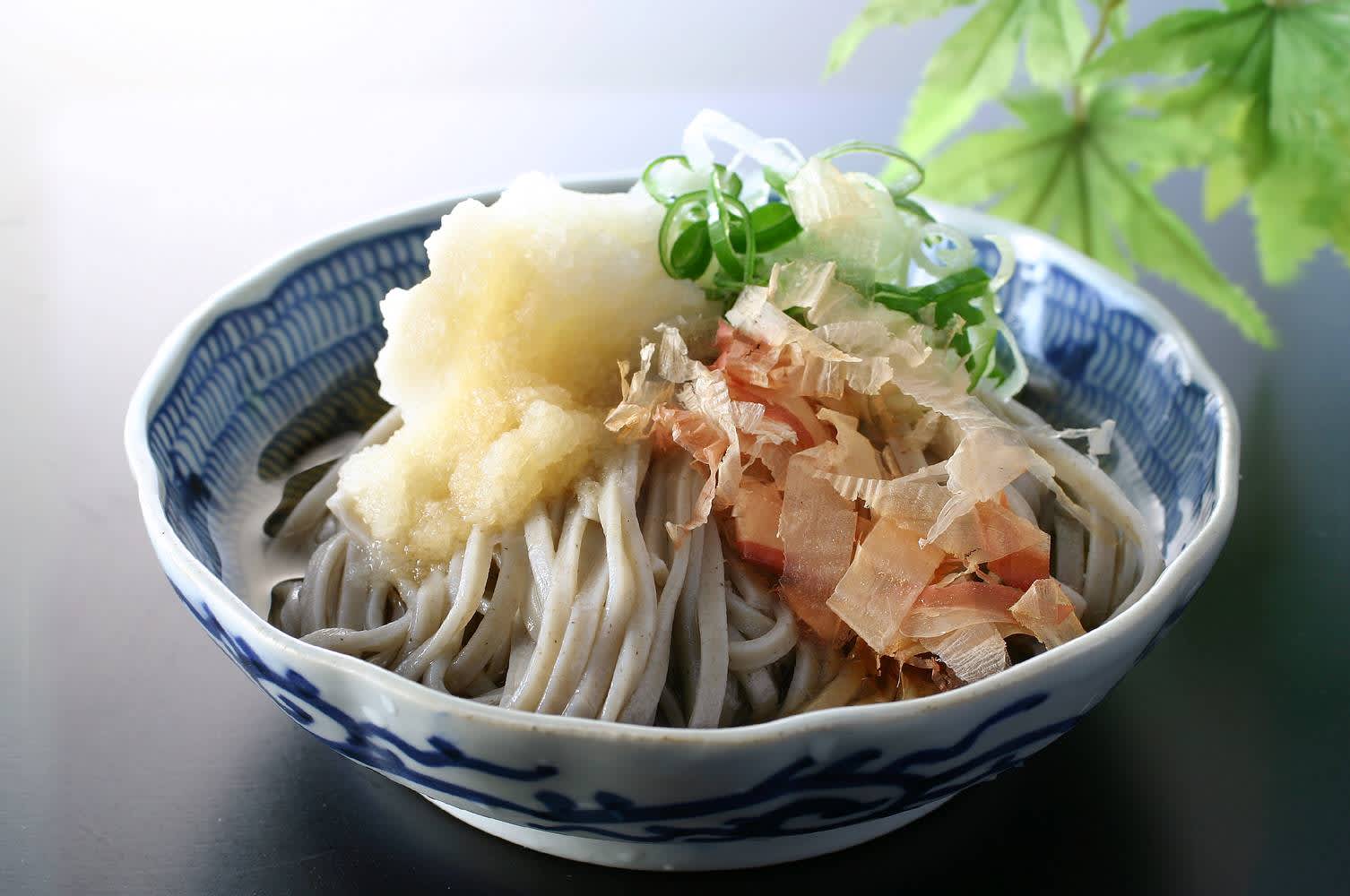
Echizen soba is a type of soba eaten in the area. Soba is commonly made of buckwheat flour, and Echizen soba is consistent with this practice, however what makes it a deliciously unique dish is the fact that shaved daikon is added to the meal. If you’re ever in the Fukui area it is a must try! If you’ve become doubly interested and want to try your hand at making Echizen soba yourself, then you are in luck. Head to the Echizen Soba Village and learn from the experts on how to make the delicious dish. Whether you cut it like the pros or not, you’ll leave with long lasting memories.
Echizen blades/knives
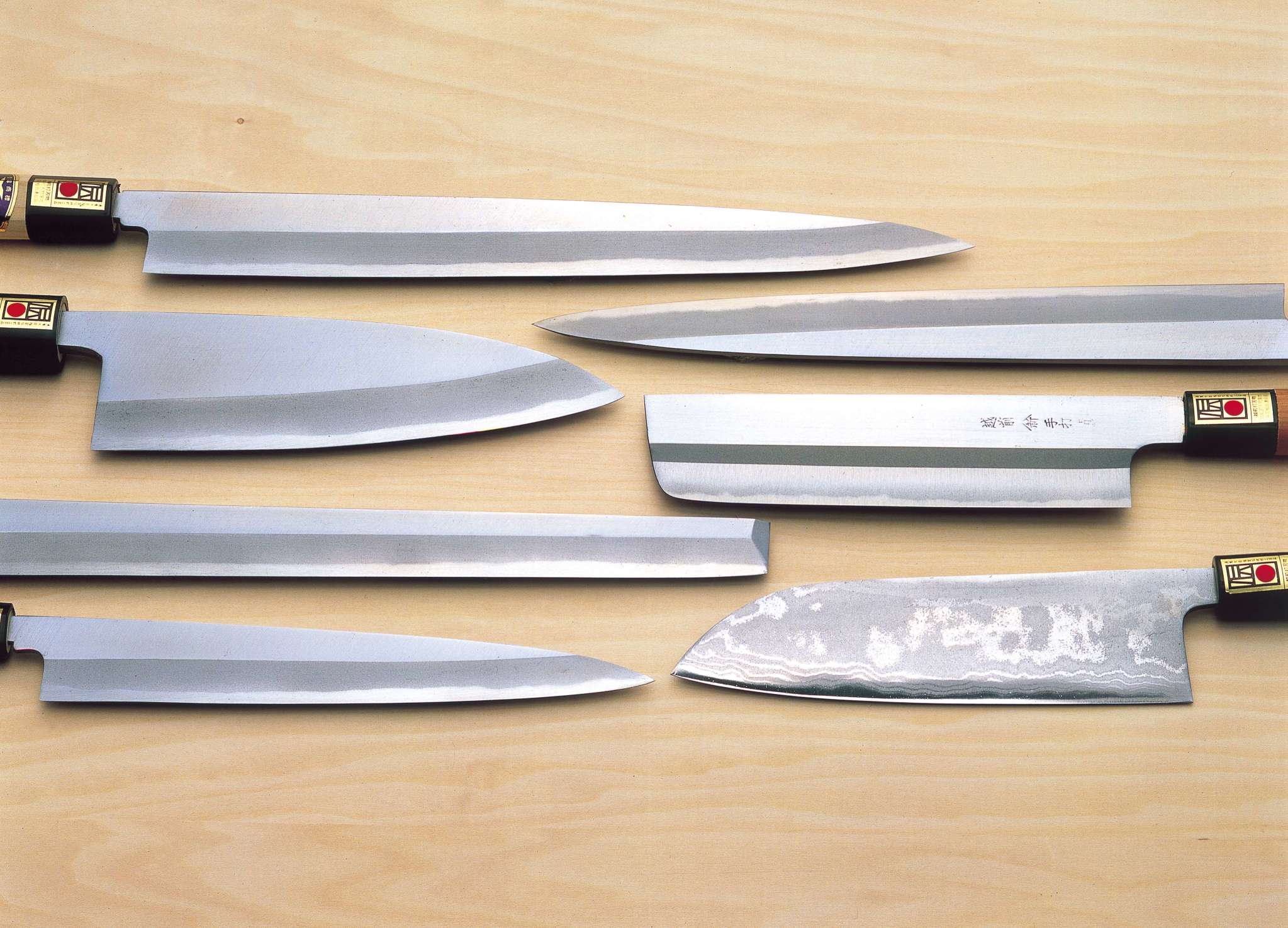
For someone keen to take home a useful souvenir that will help them in the kitchen many years into the future, why not dive into the world of Echizen blades? Known as some of the best and sharpest knives in Japan, the Takefu Knife Village opens its door for visitors to come in and see the production of the blades. Learn the honed over years process to make these famous blades, and maybe you’ll even be tempted to bring one home with you.
Tsuruga
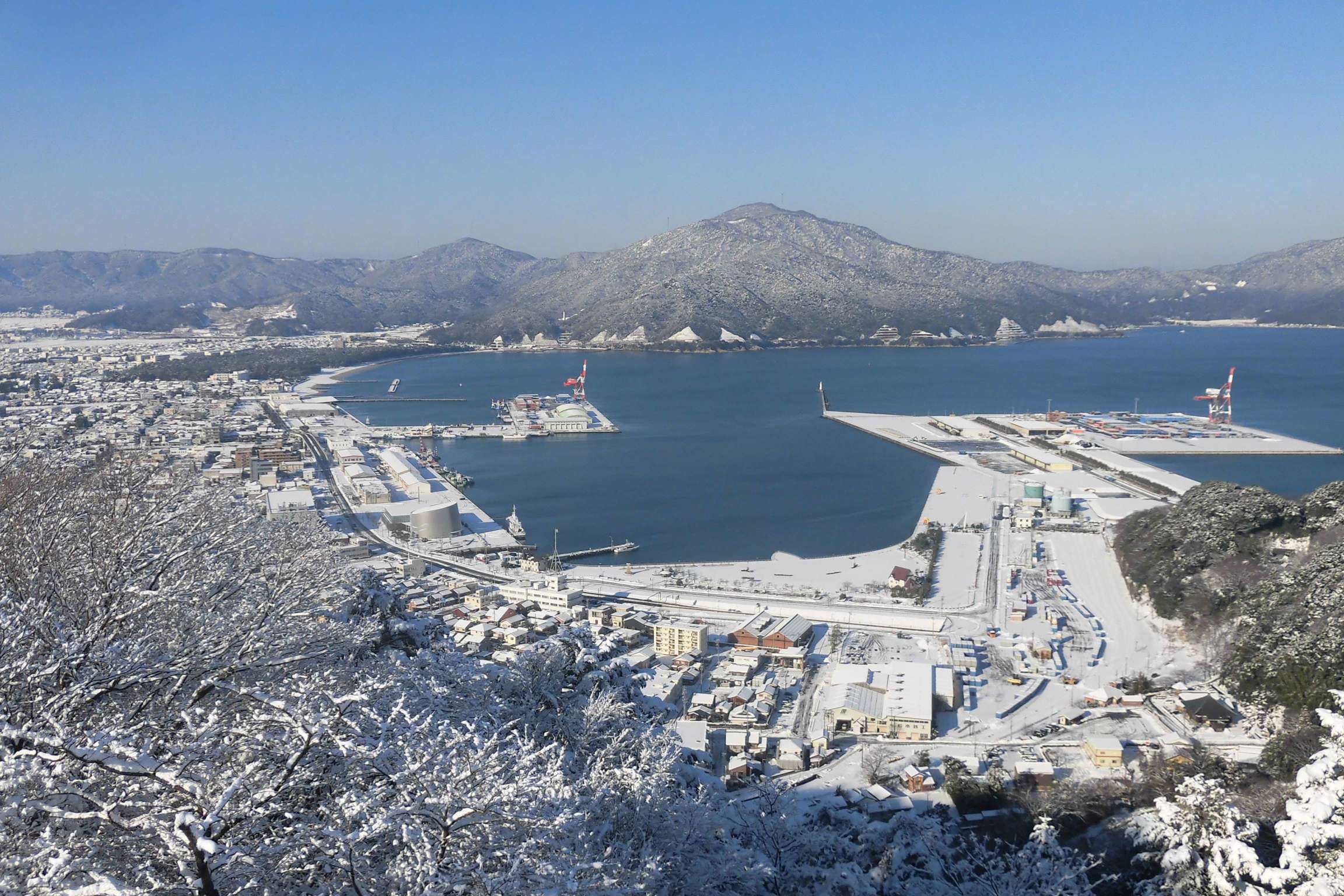
Your final stop, Tsuruga! After travelling the 124 km and seeing and eating your way from Kanazawa to Tsuruga, you may be ready for a rest. However, you’ll have to turn back from your hotel door for just a bit more, as there is much left to do in Tsuruga. Situated close to the coast of the Sea of Japan, Tsuruga and its surrounding areas have beautiful coastal features, nature, and other sights to see.
Kehi Shrine
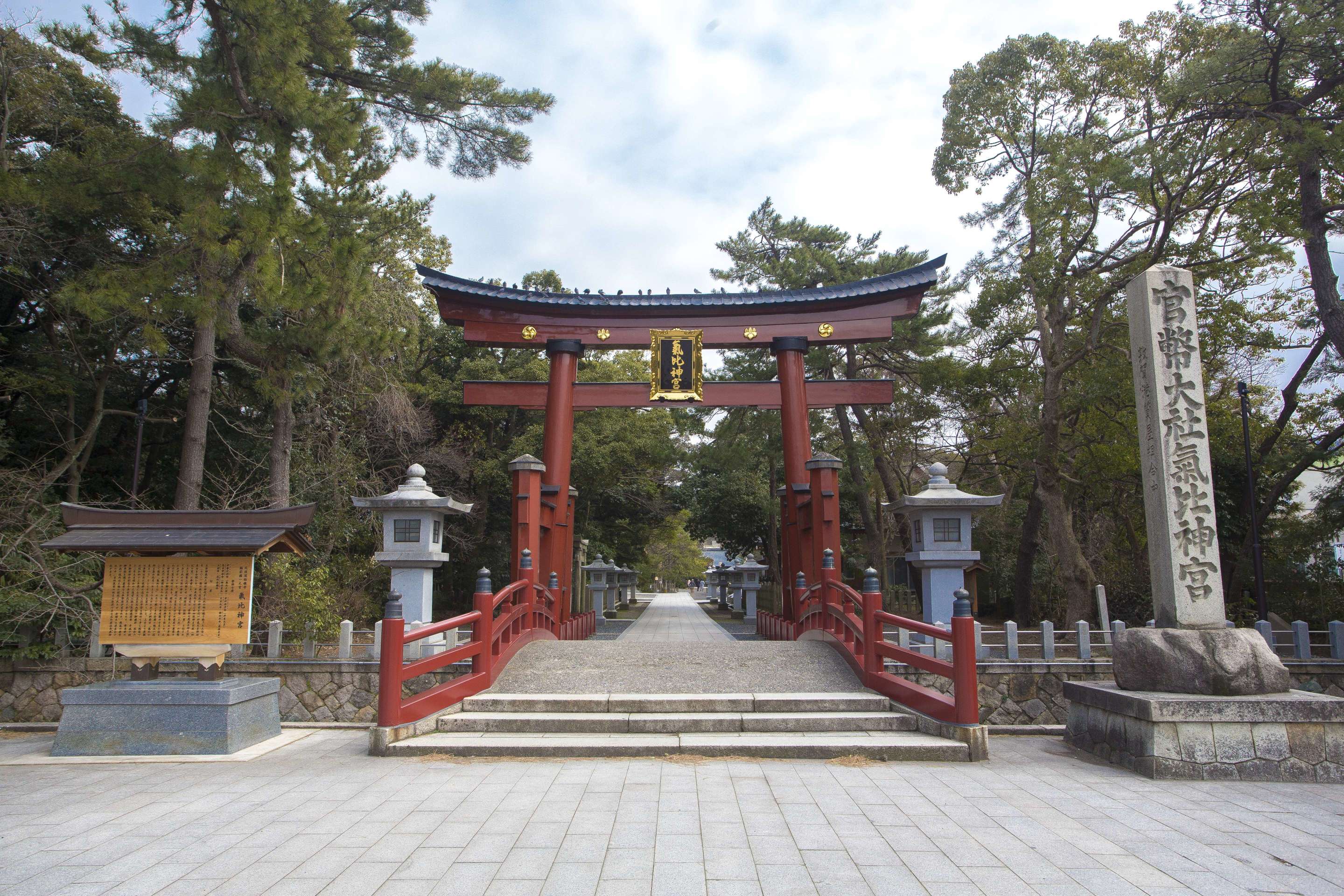
Your first stop could be to one of the main shrines in the area. With a tall torii gate at its entrance, this gate is known as one of the big three in Japan. Dedicated to 7 shinto deities, Kehi Shrine dates back to the year 702. The famous poet Basho is said to have visited the shrine as well.
Kehi no Matsubara
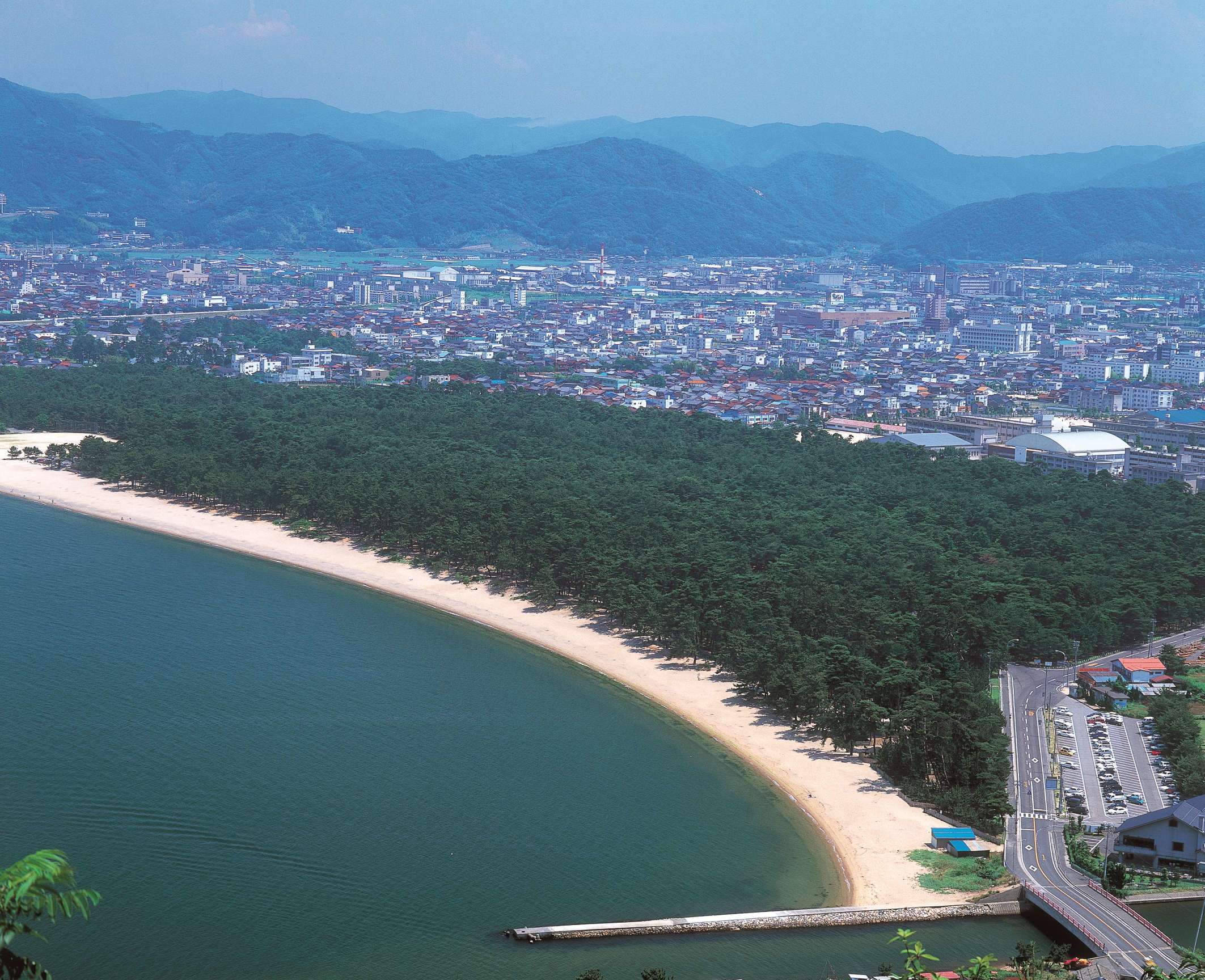
If you’re in the mood for some more beach related activities, then head over to Kehi no Matsubara, a grove of pine trees right next to the coast and Wakasa Bay. Hang amongst the trees or wander into the water, it’s the perfect spot to have a leisurely day in the area.
Red brick Storehouses
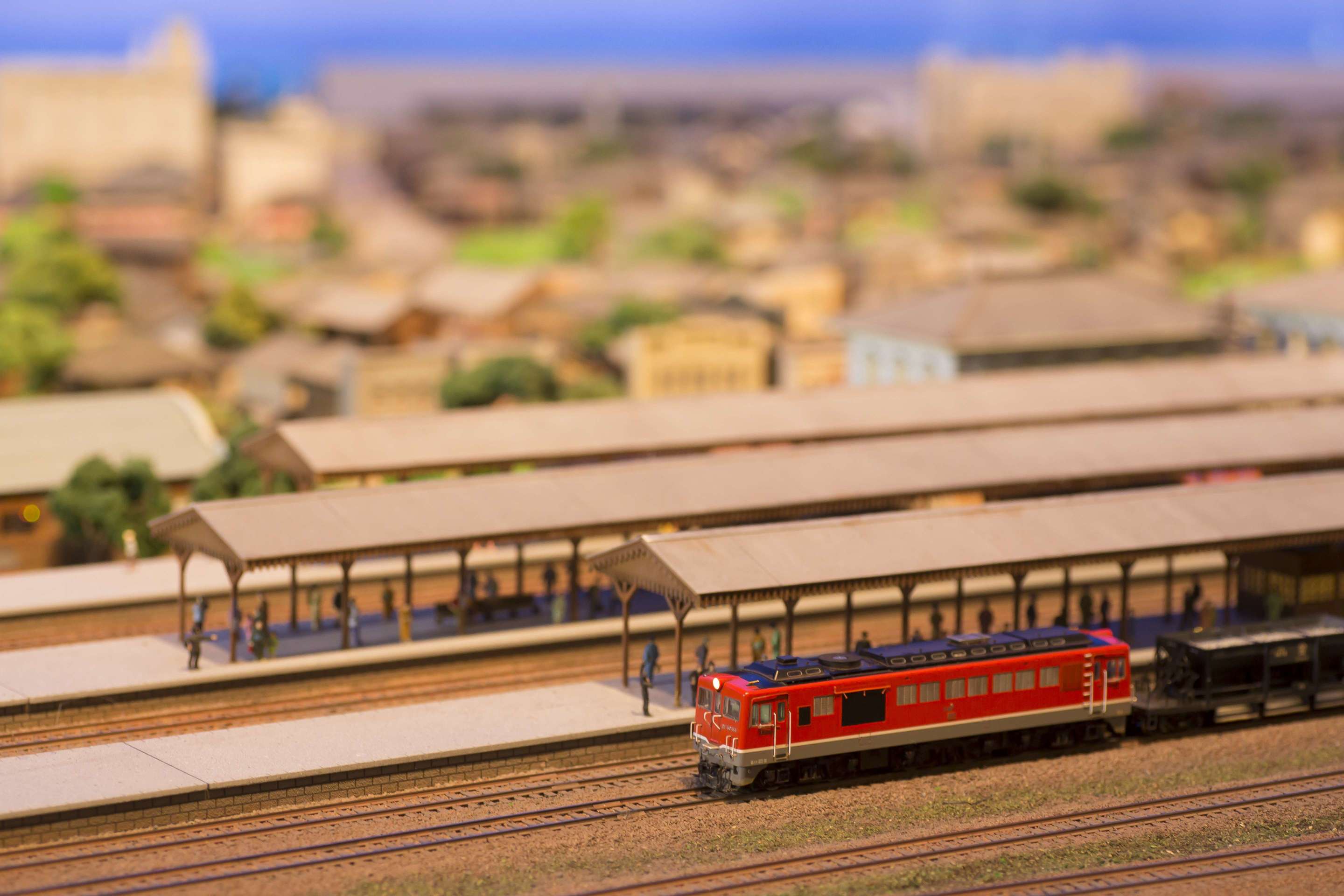
You can also visit the red brick storehouses, recently opened as a sightseeing spot, that are symbols of the trade between Europe and Japan from the Meiji to the Showa eras. The distinct red brick building houses were built in 1905, originally for the storage of petrol, but until recent years stored kelp. Within the former storehouse there is a model of Tsuruga based on a map of the area in 1945. The intricate details are something that should be seen in person. There are also three restaurants within the area that you can use to enjoy local cuisine, and even sit out and enjoy the weather.
Nakaikemi-Shicchi Wetland
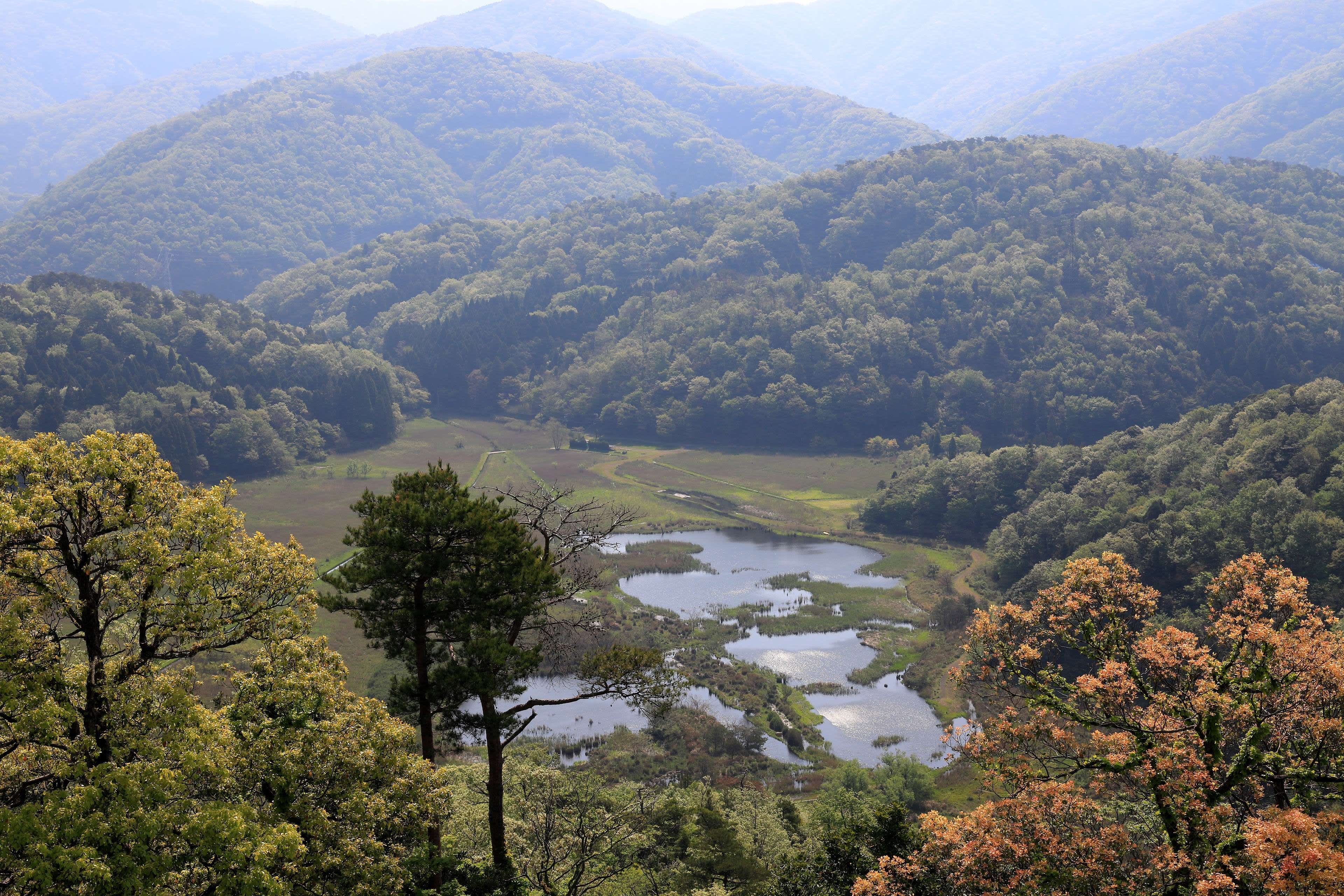
For some more nature related adventures, try heading out to the Nakaikemi-Shicchi Wetlands to see the great diversity of flora and fauna that Fukui Prefecture has to offer. A Ramsar Site (a wetland designated to be of particular international importance), at Nakaikemi-Shicchi there are various species of dragonflies and other insects, in addition to many different types of plants. In total, some 3000 species occupy the wetlands, including the rare Nojiko, or Yellow Bunting Bird, that uses the wetlands as a stopover during its migrations. You can also stop by the nearby visitor centre for a quick respite and to learn more about the wildlife in the wetlands. There is also a 100 year old Japanese style house, or kominka, that you can visit and see some of the tools used to farm in Nakaikemi.
Mizushima Island
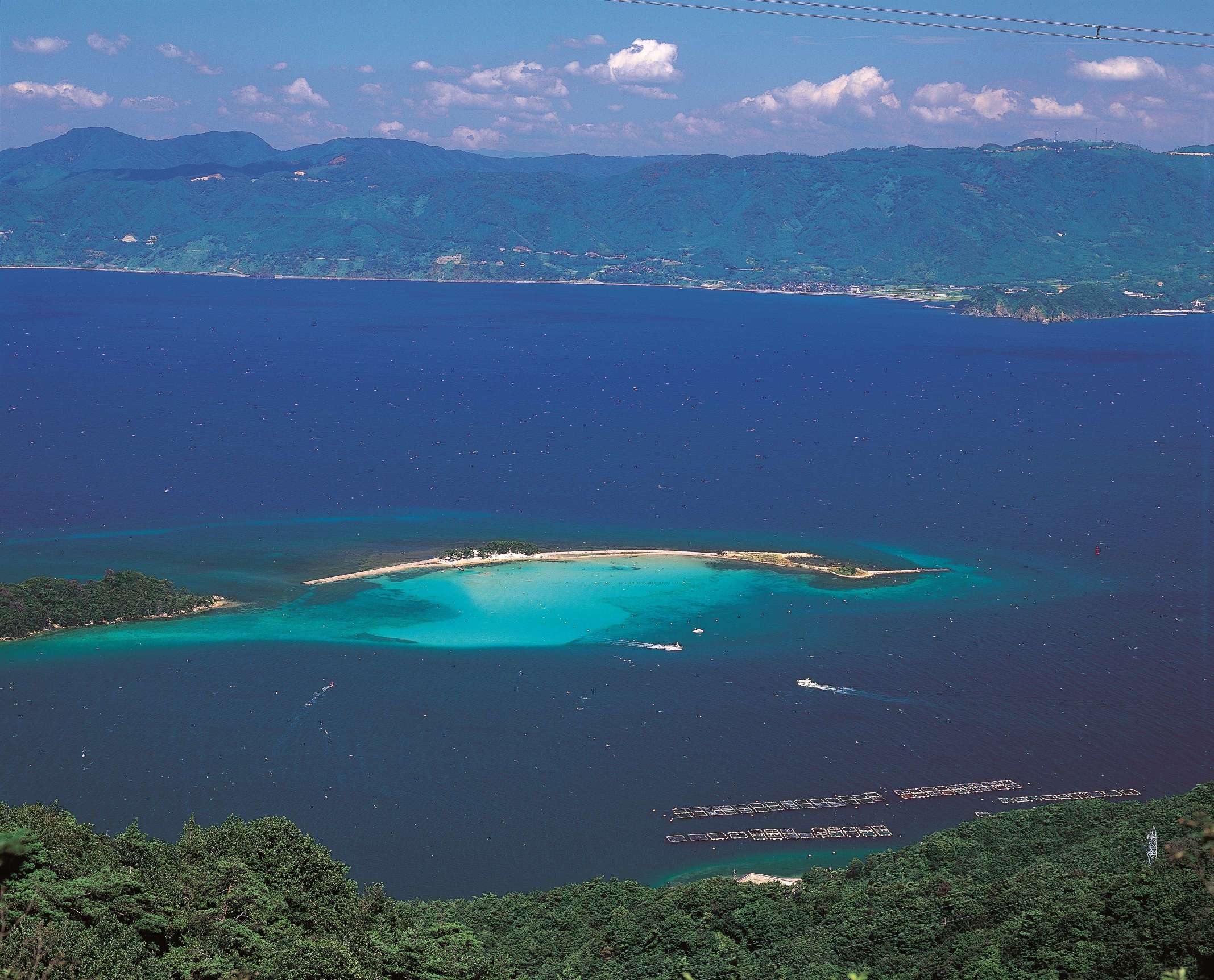
Another ideal spot for a summer getaway is Mizushima Island, located off the Eastern shore of the Tsuruga Peninsula, in Tsuruga Bay. An uninhabited island, it is the perfect spot to hang around on a nice summer day. The white beaches and clear water make for a great way to pass the time and look back towards Tsuruga City and out towards the adjacent Fukui Prefecture coast. Ferries operate services to and from the island daily during July and August, with the trip only taking around 10 minutes.
We’ve only covered a few places in each stop along the way from Kanazawa to Tsuruga, and there’s so much more left to see. I’d recommend spending multiple days in the area to get a full experience of everything that central Japan has to offer. You never know what amazing experiences you may have!
To stay up to date with all the latest happenings in Japan follow us on Facebook or Instagram!


























































